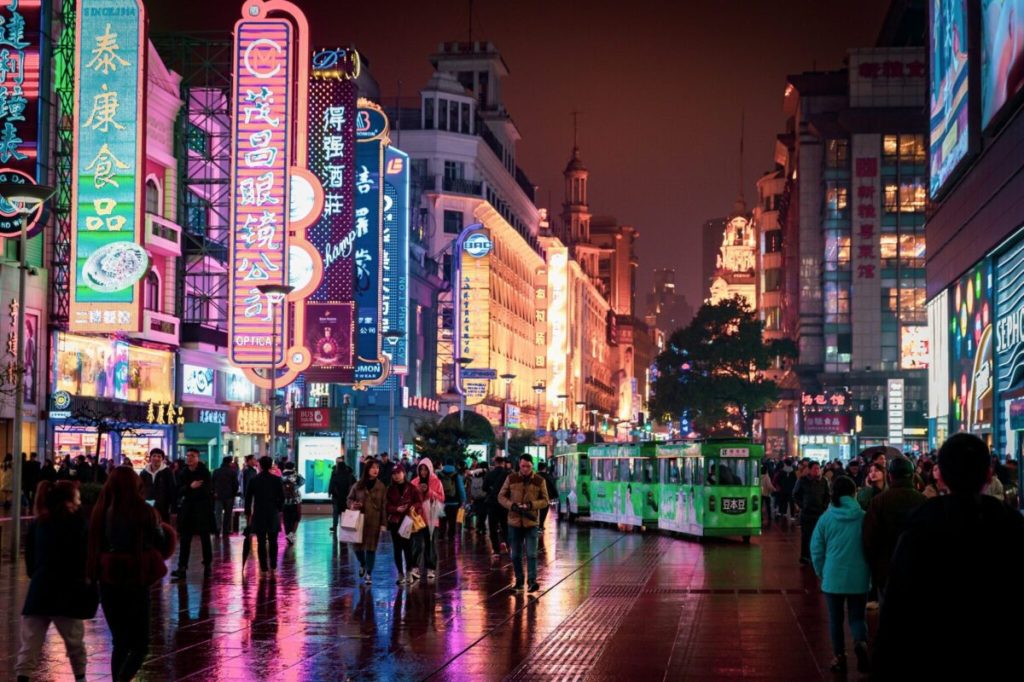
China issued more than 35,000 visas to Indian travelers in almost three weeks, pushing the tally this year to exceed 85,000 as of April 9. Talks to resume direct flights between the two countries have also now definitively reached the discussion table.
After nearly five years of strained relations following the June 2020 Galwan Valley clash, India and China are cautiously but steadily reactivating their civil and economic connections, starting with travel and tourism.
This development is especially critical in light of the broader geopolitical recalibration in Asia following the recent announcement of U.S. tariffs. China is now racing to shore up influence across Asia decisively.
Chinese President Xi Jinping’s ongoing tour of Vietnam, Cambodia, and Malaysia further serves as a context for India’s outreach.
As of April 9, 2025, the Chinese Embassy and Consulates in India have issued more than 85,000 visas to Indian citizens traveling to China this year. Welcome more Indian friends to visit China, experience an open, safe, vibrant, sincere and friendly China. pic.twitter.com/4kkENM7nkK
— Xu Feihong (@China_Amb_India) April 12, 2025
The Visa Play
The recent spike in visa issuance, jumping from 50,000 as of March 17 to 85,000 in April 9 is part of China’s push to boost inbound travel from India.
Indian travelers can visit China under visa options that include Tourist Visa, Student Visa, Business Visa, Work Visa and Family/Reunion Visas.
In recent months, China has introduced several relaxations in the visa process for Indian citizens. These include no mandatory online appointments, quicker processing and reduced visa fees. Also, Indian travelers visiting China for a short period are no longer required to submit their biometric data further reducing the visa processing time.
On social media, Chinese Ambassador to India, Xu Feihong, extended an open invitation to Indian tourists. He described them as “friends” and encouraged visitors to “experience an open, safe, vibrant, and friendly China.”
Dialogue to Resume Direct Flights Takes Off
Despite the warming of relations, direct passenger flights between the two countries remain suspended.
The Galwan Valley clash in June 2020 deteriorated India-China bilateral ties. Following the clash, India took a series of measures including the ban on 59 Chinese mobile applications and suspended direct flights between the two countries.
Before the pandemic and the border clash, more than 500 direct flights connected Indian and Chinese cities. Today, travelers must rely on circuitous, costly routes via Bangkok, Hong Kong, or Singapore, often doubling travel time and expenses.
Talks to resume direct flights were first reported in October last year following the meeting of civil aviation authorities from the two countries.
In January, following the meeting between Indian Foreign Secretary Vikram Misri and China’s Foreign Minister Wang Yi, India and China agreed “in principle” to resume direct air services. India’s ministry of external affairs had then said that both sides would negotiate the resumption of flights at an “early date.”
India’s Civil Aviation Secretary Vumlunmang Vualnam confirmed on Monday at an event that one round of talks on resuming direct air services has already taken place. However, no dates have been finalized.
Thawing of India-China Relations
In October last year, the Indian government announced that it had reached a border patrol agreement with China. This paved the way for Indian Prime Minister Narendra Modi’s first bilateral meeting with Chinese President Xi Jinping since 2019 at the BRICS summit in Russia last year.
With tensions rising between China and the U.S., India is emerging as a safer and more attractive option in China’s shifting regional outlook. Last week, in the latest signal of strained relations, Beijing issued a travel warning to its citizens before visiting the United States.
“Due to the deterioration in China-U.S. trade relations and the domestic security situation in the United States, (we) advise Chinese tourists to fully assess the risks before travelling to the U.S.,” Beijing’s culture and tourism ministry said in a statement.
This came shortly after China raised tariffs on U.S. imports in retaliation for new duties imposed by the Trump administration.
The travel industry’s top event comes to Bangkok.
May 14-15, 2025 – BANGKOK



